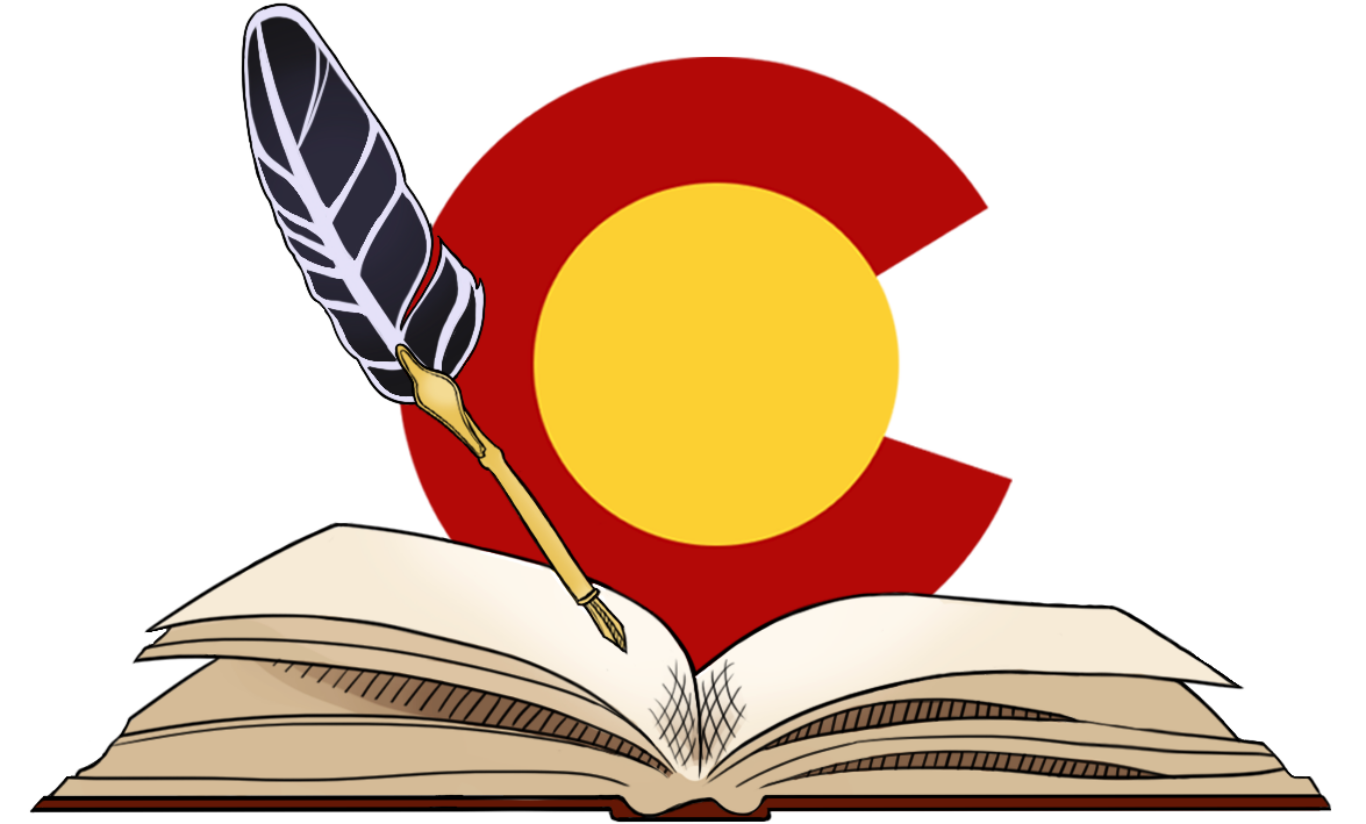by Patti Dahlberg
Duplicate bill requests – eventually every legislator will run into one of them. The Office of Legislative Legal Services (OLLS) tries to identify possible duplicate bill requests as early as possible in the drafting process, but it can be tricky. For example, Legislator A may submit a bill request regarding “Agricultural Products” and Legislator B may submit a bill request regarding “Fruits and Vegetables.” In the end, it may be that these two bill requests overlap one another or are actually duplicates. There’s also a chance that the two bills will end up with nothing in common or be opposites.
 When a drafter suspects duplication, he or she will attempt to gather additional information from the requesting legislators to help determine whether the bills are identical, substantially similar, or include partial duplication. Once the drafter decides that bill requests are likely duplicates, he or she will take the following steps:
When a drafter suspects duplication, he or she will attempt to gather additional information from the requesting legislators to help determine whether the bills are identical, substantially similar, or include partial duplication. Once the drafter decides that bill requests are likely duplicates, he or she will take the following steps:
- First, the drafter will contact the sponsor of the second bill request (i.e., the request filed later in time), referred to in these steps as Legislator B. The drafter will inform Legislator B that the OLLS believes that his or her request may be a duplicate of a previously submitted bill request but cannot, at this time, disclose the name of the legislator who made the first request (Legislator A) because this would be a violation of the confidentiality requirements. The drafter can let Legislator B know whether the first request was made by someone in the same house or the opposite house of the legislature or by someone in the same party.
- The drafter will then ask Legislator B for permission to disclose to Legislator A that Legislator B has filed a bill request that appears to be a duplicate bill. If the bill has already been introduced, the drafter will inform Legislator B about the existence of the introduced bill and ask whether he or she wants to continue pursuing the duplicate bill request. In this case, there would be no need for the drafter to try to contact Legislator A.
When contacted by the OLLS, Legislator B may:
- Decide to withdraw his or her request.
- If Legislator B withdraws the bill request before the bill’s introduction deadline because it is a duplicate bill request, he or she may submit another bill request, even if the deadline for requesting a bill request has passed. Legislator B must file the replacement request as soon as possible — usually within 24 hours — after withdrawing the first request.
- If the drafter does not identify the bill request as a duplicate until right before its introduction deadline, Legislator B may need to obtain delayed bill permission in order for the drafter to have sufficient time to draft the replacement bill. If necessary, the OLLS can assist Legislator B in obtaining delayed bill authorization.
- Decide not to let the drafter contact Legislator A.
- If Legislator B does not want the OLLS to contact Legislator A and wishes to continue with the bill request, the drafter will continue working on both requests without divulging any more information to either legislator about the other legislator’s request.
- Give the drafter permission to contact Legislator A.
- If Legislator B gives the drafter permission to contact Legislator A and disclose Legislator B’s name, then the drafter will contact Legislator A and explain that Legislator B has requested what appears to be a duplicate to Legislator A’s bill request. Legislator A then has the option of withdrawing or moving forward with his or her request or talking with Legislator B before making a decision. The drafter will need Legislator A’s permission to disclose to Legislator B that Legislator A is the sponsor of the duplicate request.
A drafter may need to engage in several conversations with the affected legislators to determine their desires regarding their duplicate bill requests. Once the disclosure is made, the drafter will leave it up to the two affected legislators to consult with each other about how they wish to resolve the duplicate bill situation.
 In resolving a duplicate bill situation, Legislator B and Legislator A may wish to join efforts as a prime sponsor in each house, become joint prime sponsors if they are serving in the same house (in which case the bill will count against each legislator’s five-bill limit), or decide that one legislator will be a prime sponsor and the other will be a sponsor (i.e., the legislator’s name appears on the bill before introduction, but he or she is not the prime sponsor). Either Legislator B or Legislator A may decide to kill his or her bill request or they may both want to go forward with their bills and let the situation be worked out through the process. It’s their decision.
In resolving a duplicate bill situation, Legislator B and Legislator A may wish to join efforts as a prime sponsor in each house, become joint prime sponsors if they are serving in the same house (in which case the bill will count against each legislator’s five-bill limit), or decide that one legislator will be a prime sponsor and the other will be a sponsor (i.e., the legislator’s name appears on the bill before introduction, but he or she is not the prime sponsor). Either Legislator B or Legislator A may decide to kill his or her bill request or they may both want to go forward with their bills and let the situation be worked out through the process. It’s their decision.
In no event, however, will a legislator be required to withdraw a bill request just because another legislator has already submitted the same or a similar request. Nor does the OLLS refuse a bill request on the grounds that it may be the same as another legislator’s request. Being the first legislator to request a bill in a hot subject area does not necessarily mean that he or she will be notified of any other requests that were made in that same subject.
